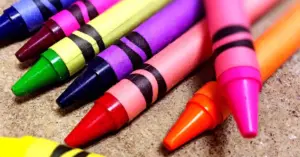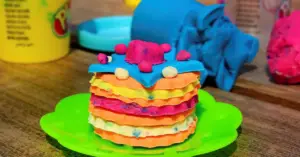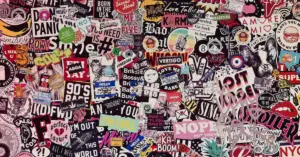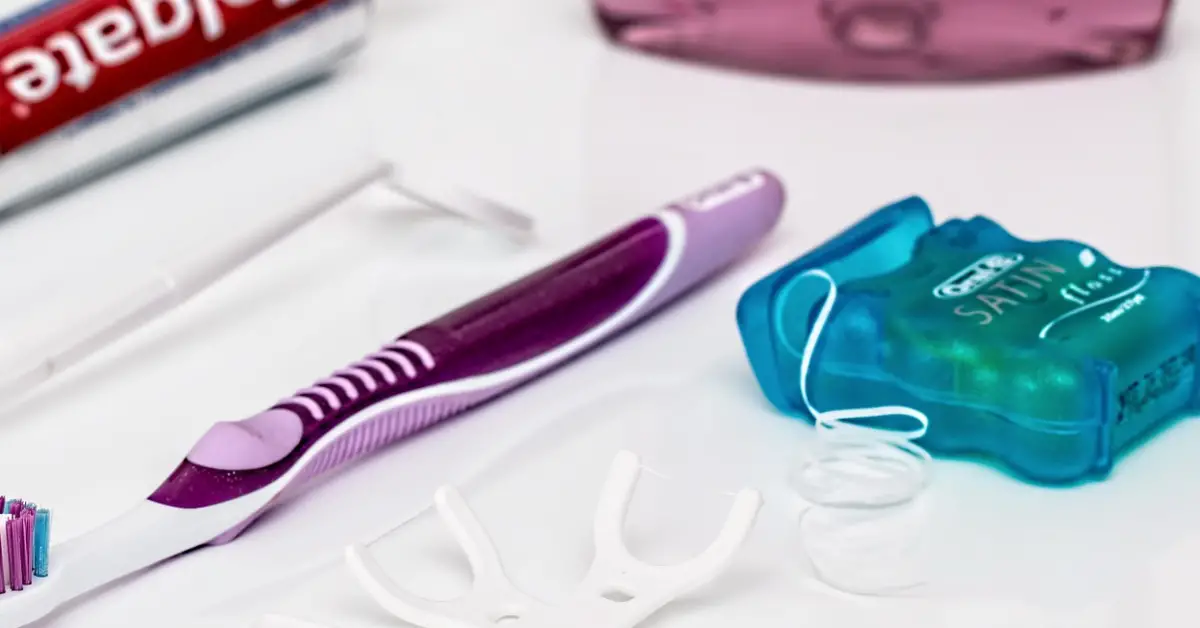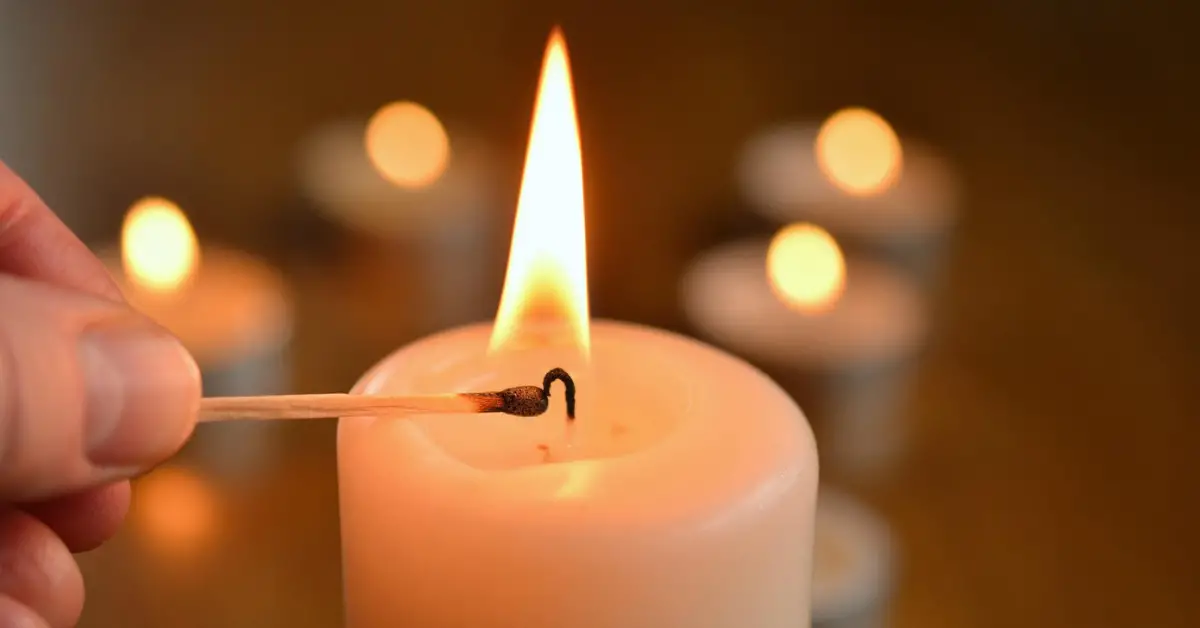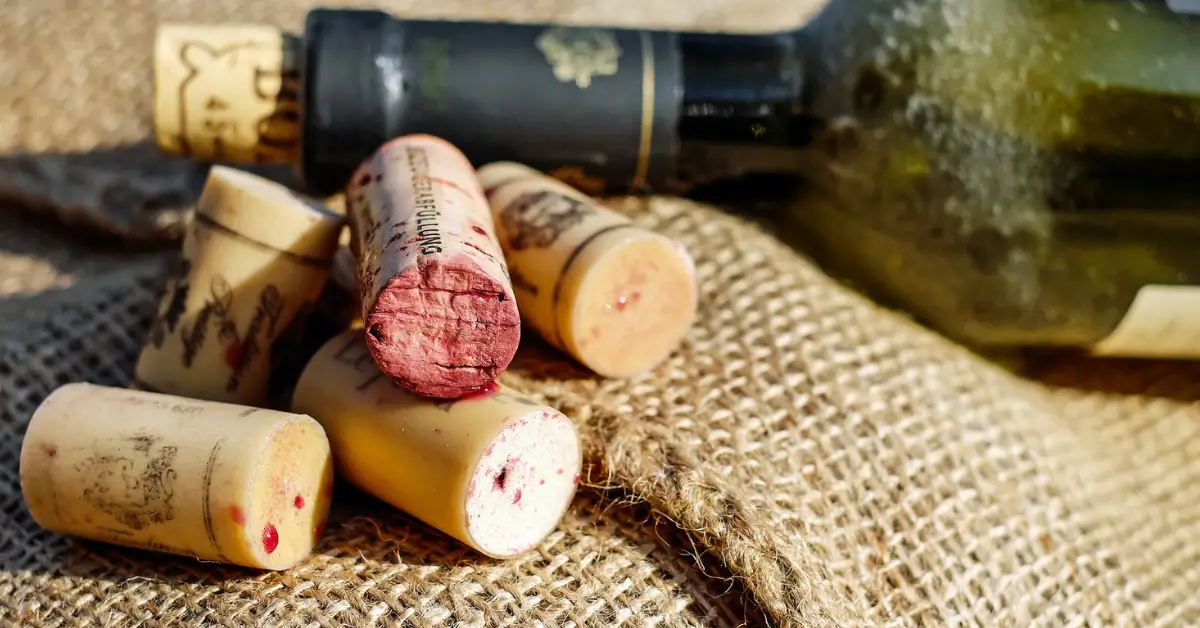Perfect for a picnic, school packed lunch or just a little snack at home, Babybel is one of the most of popular cheeses out there. Its distinctive wax is there for protection whilst on-the-go and stops airborne bacteria getting in. But when the cheese is gone, you are left with a pile of red wax rinds….
Can you put Babybel wax it in the compost pile?
Babybel cheese wax is made from a combination of refined paraffin wax, micro-crystalline wax and a small component of Polyethylene. Unfortunately, Babybel wax is not suitable for the compost pile – it does breakdown but can take nearly 500 years, you’ll be waiting a while. So, you can’t compost them and they will take centuries to degrade in the every-growing landfill pile; what CAN you do with them? A great alternative is to re-use them – and luckily with Babybel cheese wax there are many options!
Get creative
Turns out Babybel cheese wax can be pretty much sculpted into anything you can dream of – you are only limited by your imagination. Get inspiration from Pintrest or Instagram, if you need, and get sculpting. Practice, and you might get as good as Mitchell McLanaghan, a UK-based artist, who makes incredible models of everything from cartoon characters to fruit. Even more impressive, he does most from memory alone. Check him out!
Whether you are a skilled sculptor, or just want to have some fun, it is a great way to keep your Babybel wax out the landfill. When finished, simply squash it up (the heat of your hands will help) and start again.
Make candles
There are a few different methods out there to make Babybel wax candles, each with different material requirements and complexities. But if you want to do it in the most simple way – and don’t want to go a trip to the shops for extra materials – have a look at the video below. All you need is toilet paper, your Babybel and a match/lighter.
It won’t exactly keep you going during a power cut or zombie apocalypse, but it will keep you and the kids occupied for a while – and it is a great way to introduce them to the idea of re-using waste materials and help develop habits that will hopefully last a lifetime.
Get the campfire started with your leftover cheese wax!
Babybel cheese wax, and a few other easily obtainable/common household waste materials, can save you some money when trying to start your fire on a camping trip. As with the candle, there are a few options.
If you have some shredded paper (which is a bit more awkward to recycle anyway) and a spare cardboard egg carton you are halfway there already. Neatly pack the shredded paper into the egg sections of the carton and drizzle some of the melted wax over. When going on a trip, simply tear off how many sections of kindling you require.
A great way of melting the wax is by using the double boiler method – much like when you are melting chocolate. Simply boil a couple of inches of water on the stove in a saucepan. Find a container that fits nicely in, a heat-proof bowl is perfect. Pop the (washed) wax in the bowl and melt. Note: you should never put wax in a pan directly on the stove – this can be highly dangerous.
DIY Babybel lip balm
Why not make your own lip balm/gloss with your leftover Babybel wax cases? There are a few methods out there but to produce a simple lip balm all you need is the wax, some edible oil (grape seed oil works well) and an empty lip balm tin. You can use an empty lip balm tube – but that requires a better aim!
Use the double boil method outlined above, but this time mix in a teaspoon of your chosen edible oil. Melt them all together, then pour into the container carefully and wait for it to set. Voilà – you have just made a lip balm. Maybe not the best one you will ever use, but great for any dry-lip emergencies and a great way to be a bit more eco-friendly in day-to-day life!
The bottom line
Babybel cheese wax cases are not suitable for your compost pile; however they can be used in a variety of ways – from art work to DIY lip balm – saving you money, providing fun activities or educating the kids on sustainability issues. Whatever way you decide to use them, it will divert them from landfill – and prevent the resultant greenhouse gases being released.


